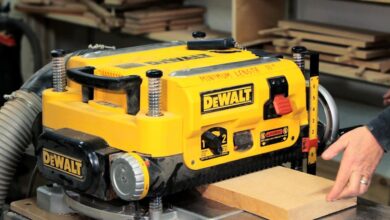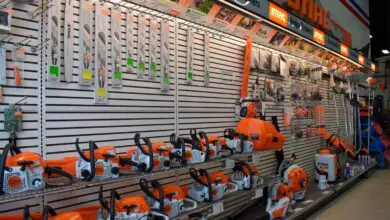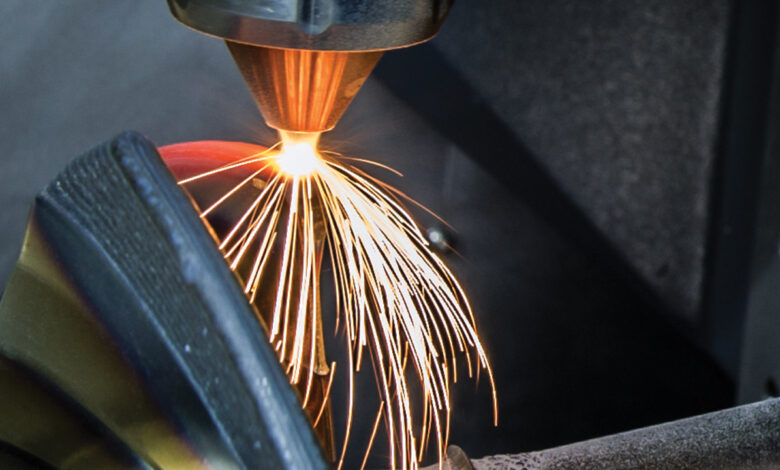
7 Tips For Manufacturing Small Metal Parts
When we look at all the machinery and various equipment, we often overlook the small parts that are placed in it. These small parts play a vital role similar to that of the larger parts if any error in the production of such small parts can lead to issues in the machine. Manufacturing the smaller pieces is also a tedious task. A large amount of precision and patience goes into the production of these small parts.
There are various ways to manufacture these pieces. The most common way to manufacture these parts is by casting. Casting is a simple procedure, yet it requires good precision with the job. When producing a large number of these small parts, it is common for there to be some percentage of error.
You can even go to metaletching.com to check out a responsive manufacturing company that also produces Small metal parts. Various tips and tricks are present to minimize the percentage of error and manufacture better smaller pieces. A few such tips are mentioned below for manufacturing small metal parts.
Tips For Manufacturing Small Metal Parts
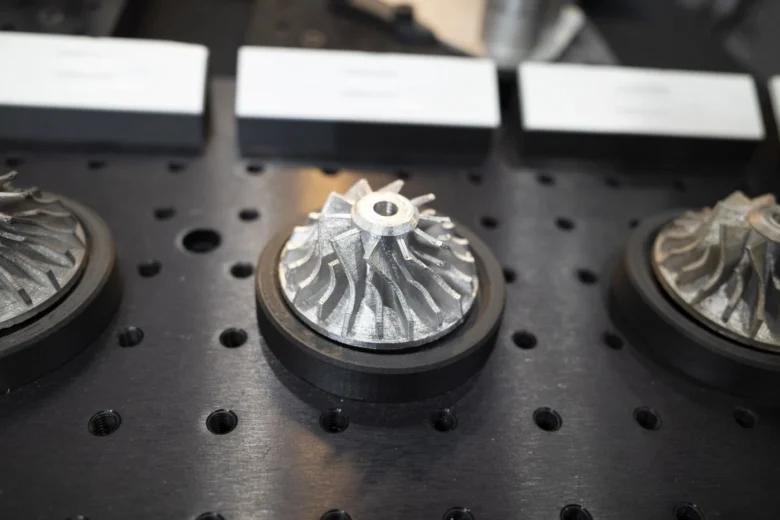
When manufacturing a particular part, you need to be extra careful with deciding what all needs to be done for its design. If the initial design is thought through, you can remove a significant amount of hassle. Other than the design, the packaging of the small part while manufacturing also plays an important part.
These tips do not mean that they would be simple or that you could easily reach your goal using them. When you understand them and know they can apply them and where they cannot help you the most, you should carefully go through these simple points.
-
Standard Material
Do not use rare materials to manufacture pieces. Small parts often go through more pressure and tears than more prominent parts. It leads to them wearing out sooner and even multiple times in some situations. A new small part has to be fitted to replace that part.
If the original small part is too costly when replaced, then a counterfeit part may be used, which might compromise the whole body’s function.
-
Previous Design
Using a design, you are more comfortable with and already used for a particular piece is better than a new one. Going through the requirements and materials would consume more time when opting for a new design. Also, suddenly using a new design might produce some errors in the final manufactured part.
-
Easier Shapes
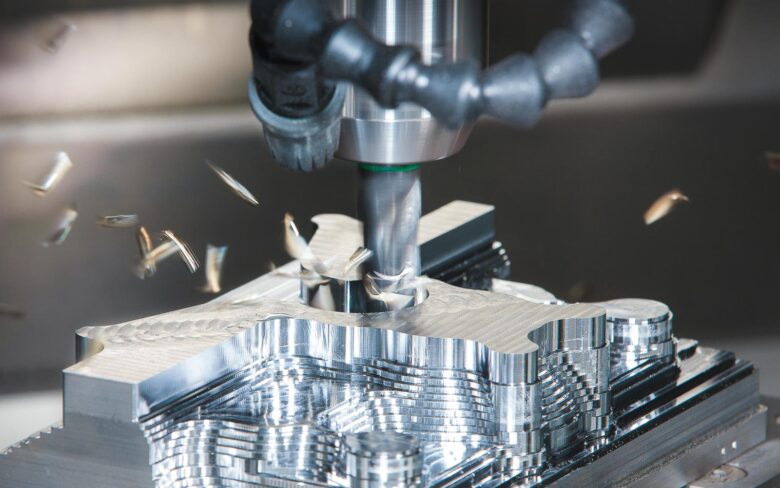
If you have to make a new design for a part, then while making the temporary workpiece, you should ensure that the shapes you to make that small part are not complex. If a small part has complete shapes joined to manufacture it, it becomes a hassle and even undesirable sometimes. Making complex shapes also takes a lot of time and material at the same time, exhausting labor.
-
Machine Operations
The more machine operation takes place on a part, the more time and power are consumed, and there is slowly a place created for errors. The reason for that would be because a small part is being manufactured; if it were to have complex operations, it would need even more precision. All machines have some error percentage, and hence it’s not possible to produce a piece that is 100% error-free.
-
Assembling Process
When manufacturing a small part, you should ensure that it doesn’t need several other parts to assemble. The more parts it would need to assemble, the more time-consuming it would be to manufacture that piece. The fewer parts needed to assemble, you would use lesser time and power. It would be worst if the parts needed to assemble are required to be shipped or are made of some unique metal.
-
Adjustments
When manufacturing that piece, you should ensure that the original design is more realistic and practical for production. When subjected to further adjustments, these pieces only lead to errors in the final piece, which leads to wastage of material, time, and human resources.
-
Shipping Parts
The manufactured part should be carefully packed so that it can be shipped correctly. You should ensure that the packaging should be sturdy, and the small part should not be made of fragile material or have a fragile body. If not, then it could be damaged easily, leading to wastage of the product.
Which Material Is Used?
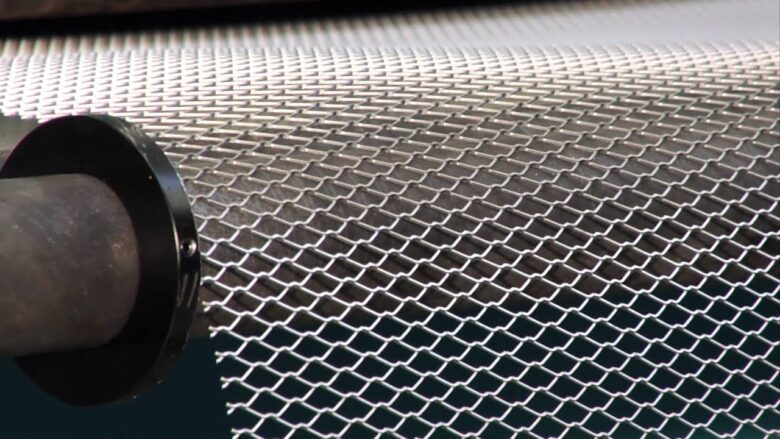
Usually, the material to be cast depends on where the part needs to be used. A small part needed in different types of machines could go under different pressure and heat. Therefore you might use the exact design of the small part, but it would need a different material. You might use a standard material after grouping a range of pressure and segregating the material accordingly.
When making temporary casts, usually aluminum and mild steel are used. These two can be melted quickly and hence can be reused to cast the workpiece. They are also easier to work with and are not hard enough to do final alterations. Also, as they are readily available, you can easily make several temporary parts for different designs to check for suitability. Sometimes the extruded aluminum part by extrusion process can be used directly.
At times for more flexibility with the final workpiece, plastic is also used so that not much effort and money goes into creating a proxy.
Conclusion
Manufacturing such pieces in large numbers takes a lot of effort and precision. These small parts often play an insignificant role but support the machine when working. Not many out there can produce small parts with good precision. Those who can are following the good old points to be careful off written by their seniors.
Various methods and tips ensure that your manufactured part is excellent and error-free. To ensure that various people use various tips, many fail, and many works quite well. The above-listed tips are some of the sure-shot simple tips which will work to decrease the error percentage in that piece. When these tips are understood better, using them regularly can even result in better-finished parts.



